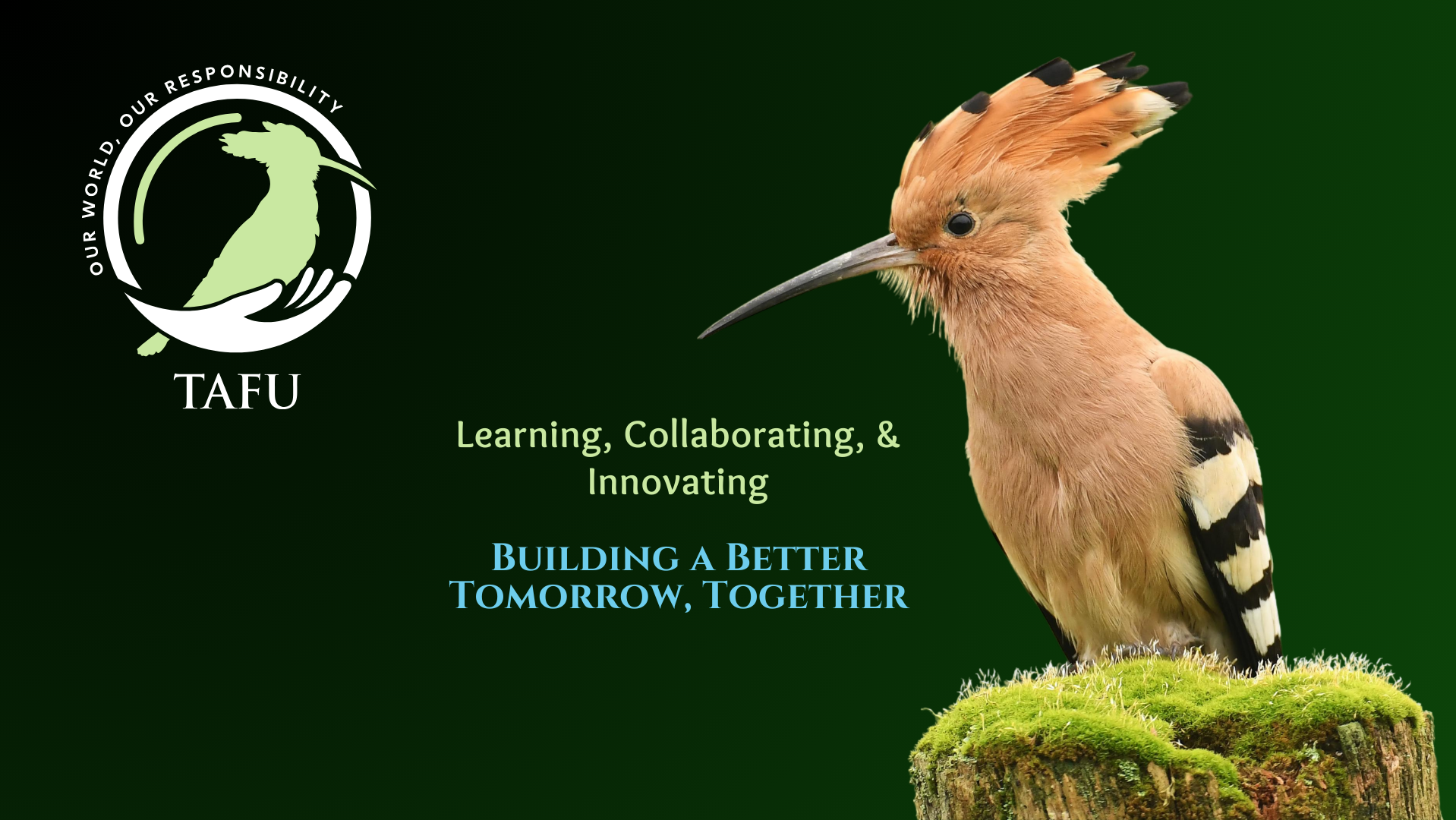(Big thank you to Mr. Domagoj Maglić for the great pictures)
The black stork (Ciconia nigra) is a species of stork in the family Ciconiidae and was first described by Carl Linnaeus, who classified species into the modern naming system, called the binomial system. Ciconia nigra has the widest geographical range in the Ciconiidae family, during the summer it stays between Spain and China and in the winter, between South Africa and India! Black storks get between 95 and 100 cm tall and have a wingspan between 144 and 155 cm! Although, black storks are completely black when walking, when they open their wings and start to fly, you can see their beautiful white underwing area, their legs and beak are the same orange colour.
Unlike their white stork relatives, the black stork remains with one mate only during one season, not for years. While looking for a mate, a black stork will snap its bottom and top jaws against each other making a “bill-clattering” noise, this will often last a whole night but is not continuous. Once the male and female have mated, the male chooses where the nest will be located gathers all the sticks, twigs and mud to make the nest and leaves all the handy work to the female. Unlike most birds, both the male and the female are responsible for incubating the eggs, although females generally spend more time on this. Both the male and the female black stork feed their young, regurgitating their food onto the floor of the nest and then letting their young eat it. It can often get too hot for the eggs, and to solve this problem, the black stork parents often regurgitate water onto the eggs to cool them down!
Black storks live anywhere where it is hot enough and there is enough water for foraging, for example, they can live in woodlands, wetlands, marshes, rivers, mountains and hills!
Black storks are solitary and often shy, the only time that they are in groups is in the breeding season and during migration. Due to this, black storks try to stay away from human activity, and human expansion is making life harder for these cute storks. They are usually quiet animals, even though they have the loudest calls amongst storks! Ciconia nigra usually feed on fish and reptiles, although they can occasionally be seen eating small mammals. Unless food is abundant, black storks feed alone, using their eyes to find the prey they lunging their long necks towards it.
Black storks play a big role in the ecosystem in reducing the numbers of fish and reptiles, making sure that none of these species can have an abnormal population size. However, black storks are being put in more and more danger due to less and less natural space, without humans, light and noise pollution, as black storks rely on sight and sound to find their mates! Although at the moment black storks are in least concern, according to the IUCN red list, their numbers could easily drop due to not being able to find a mate and overheating of their eggs!
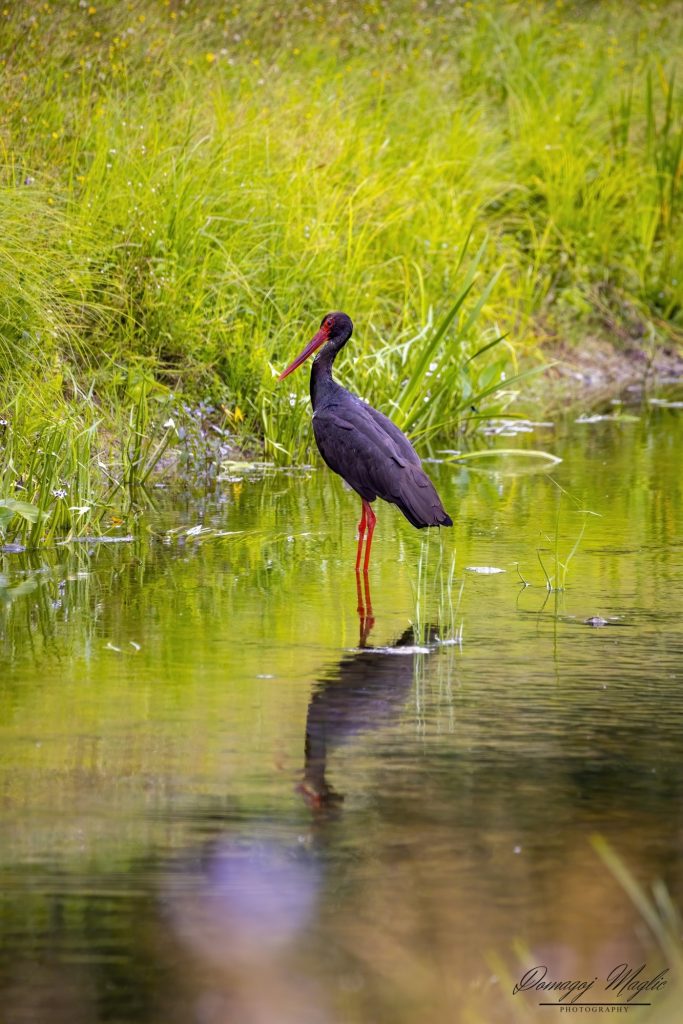
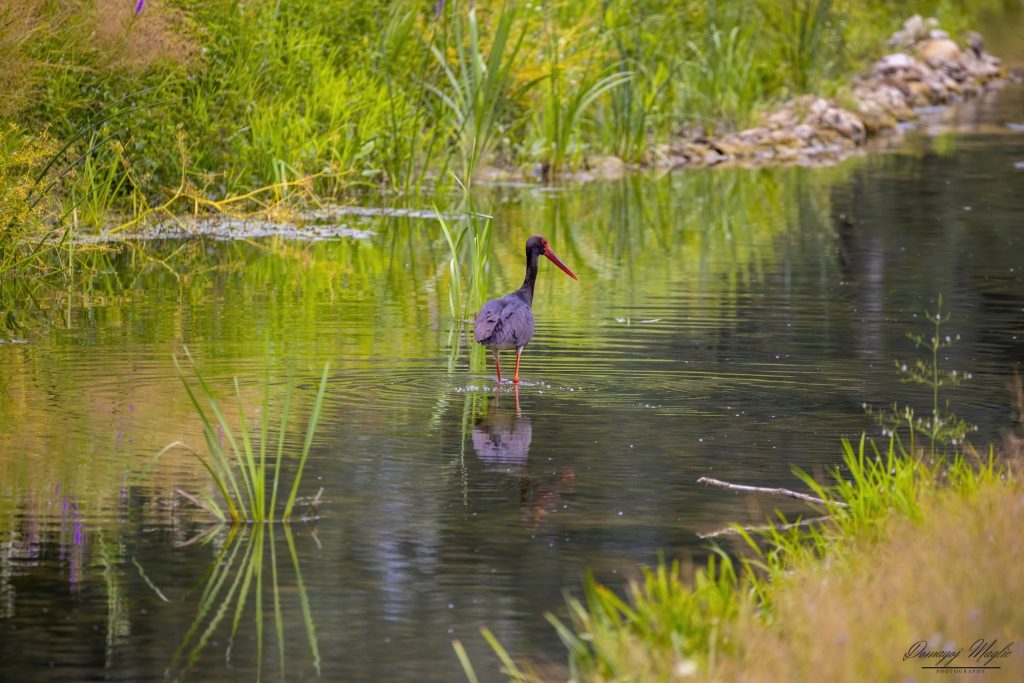
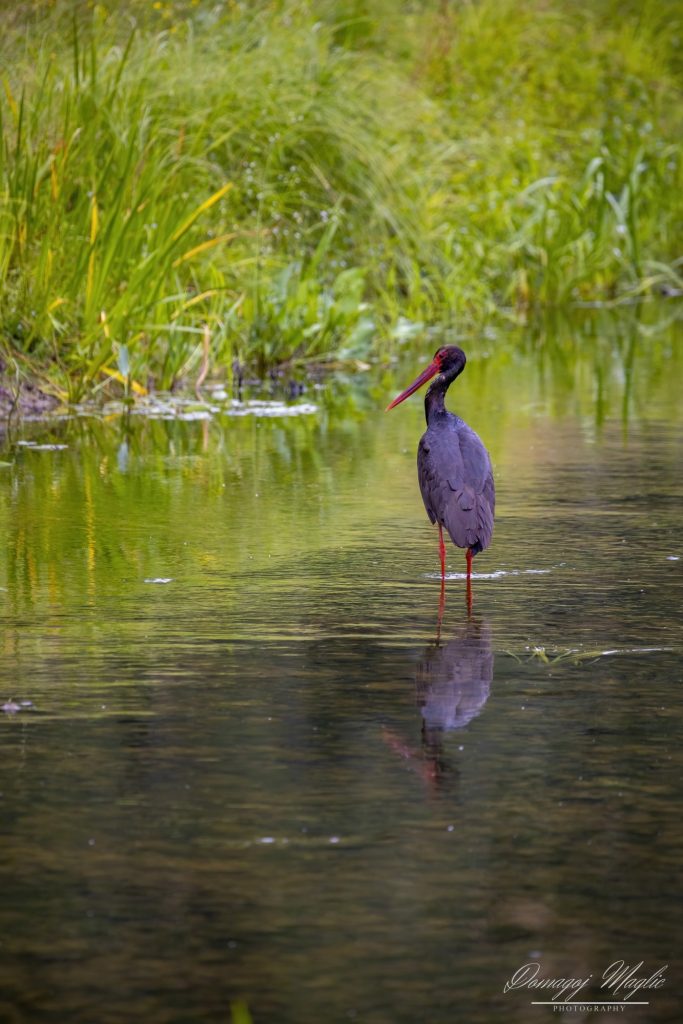
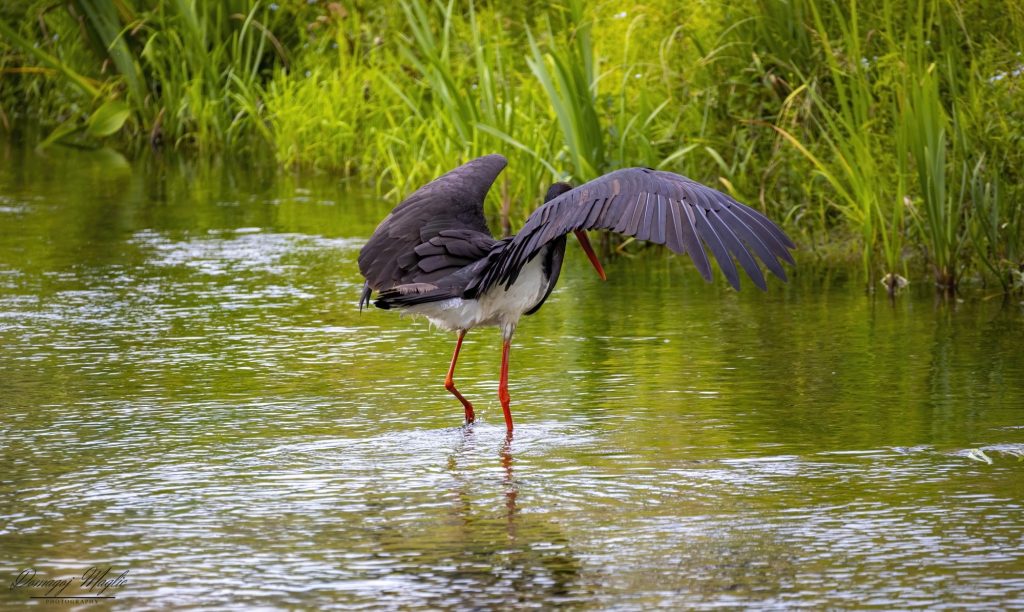

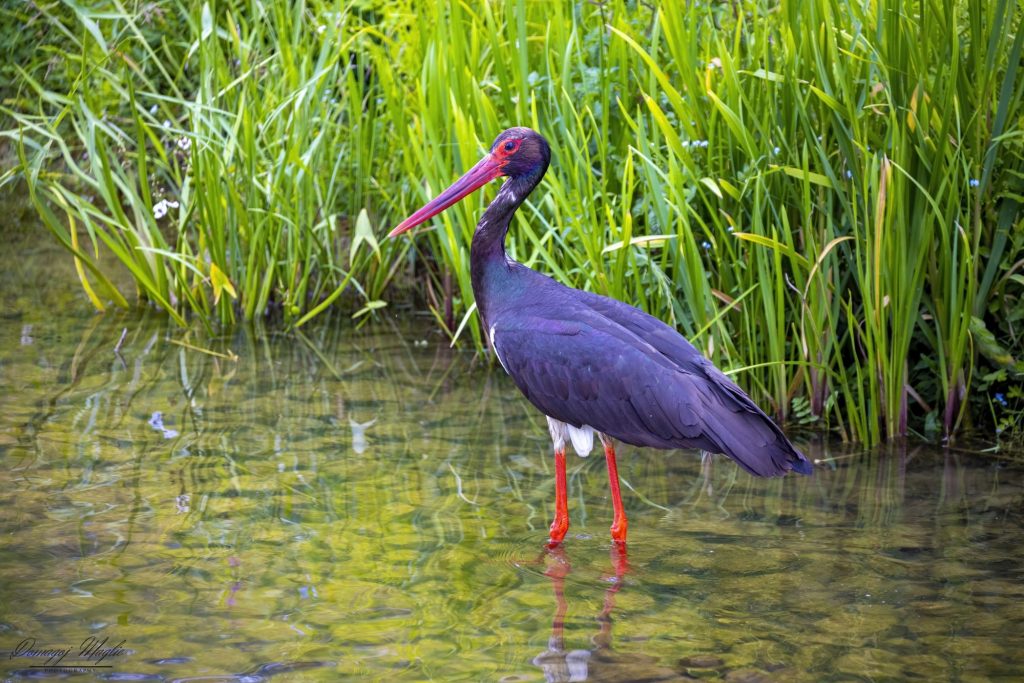
Nika Strok Underwood
